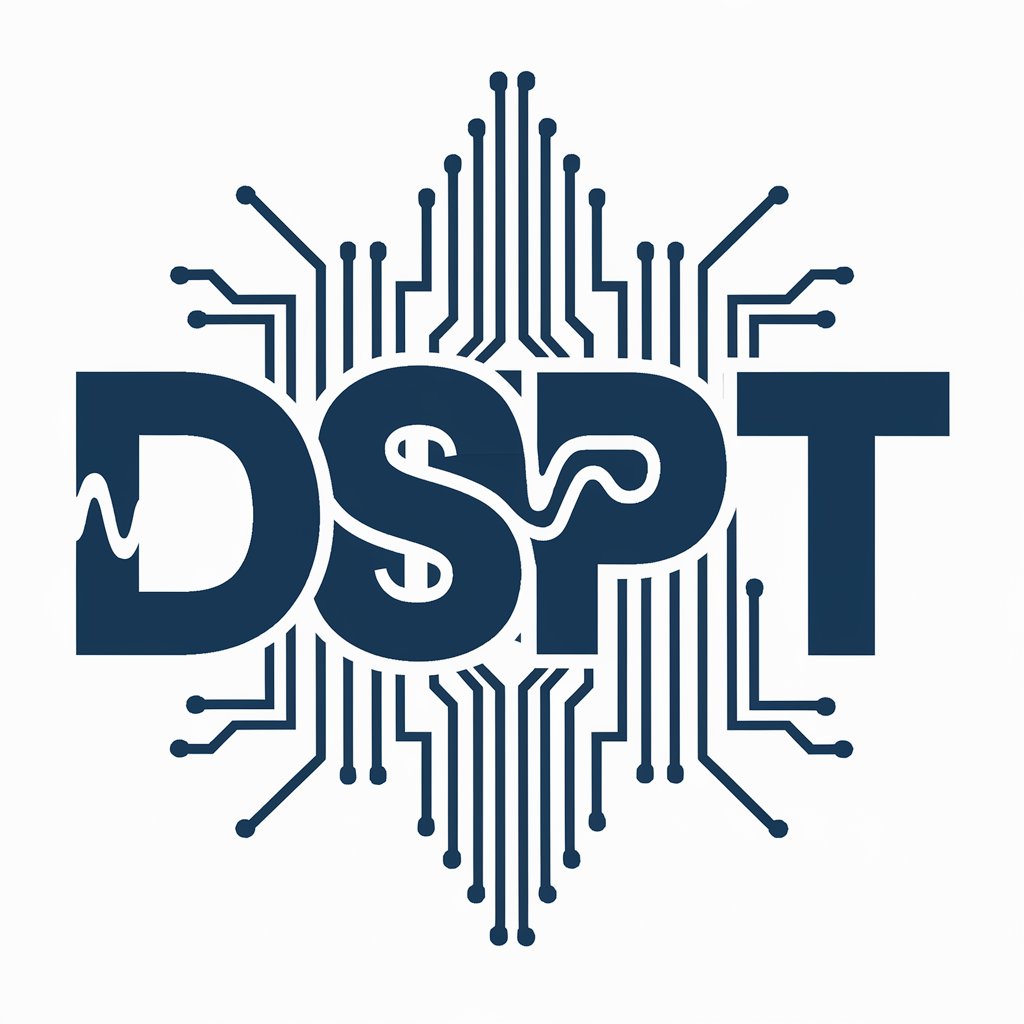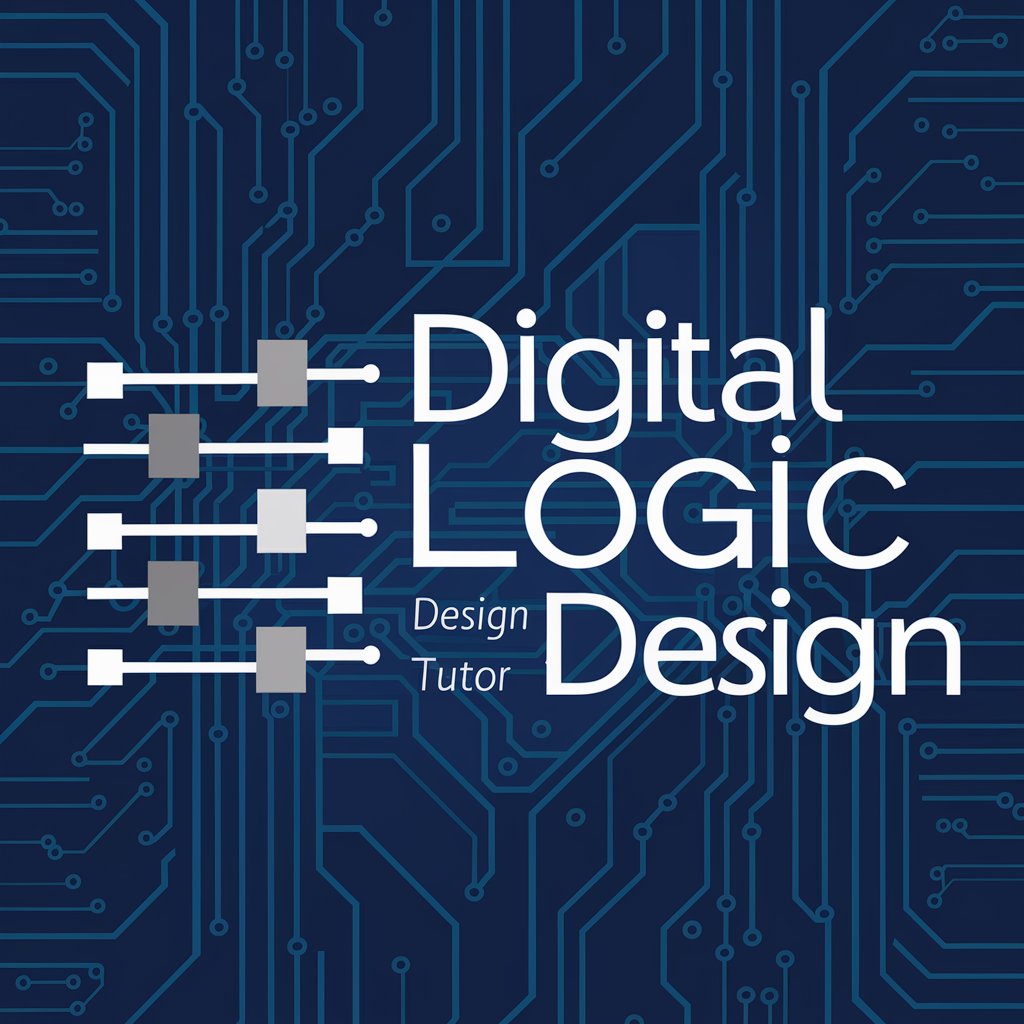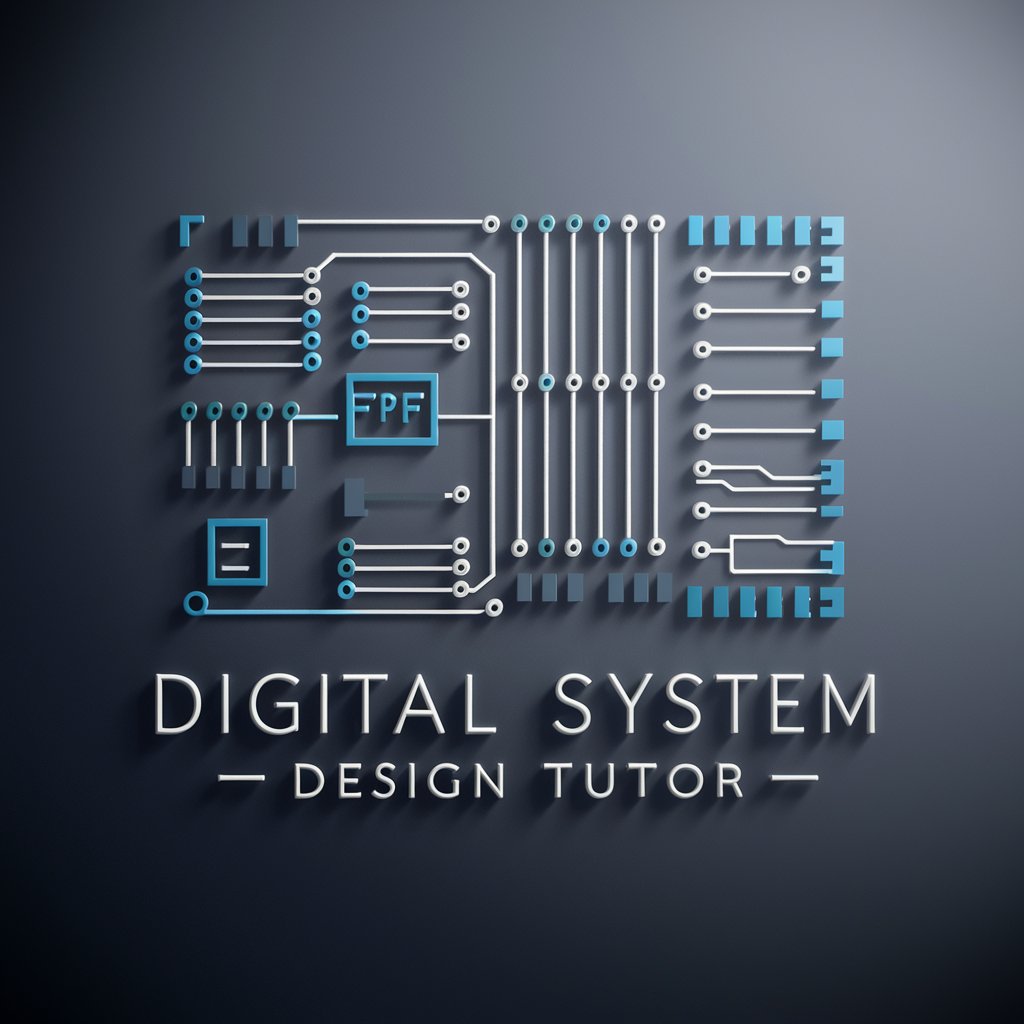
Advanced Digital Sys. & Computer Archit. Tutor - Digital Systems Education Aid

Welcome! How can I assist you with advanced digital systems and computer architecture today?
Powering your architecture mastery with AI
Can you explain the differences between RISC and CISC architectures?
How do network processors handle data packets efficiently?
What are the security challenges in embedded systems?
Could you describe the design flow of an ASIC?
Get Embed Code
Overview of Advanced Digital Sys. & Computer Archit. Tutor
The Advanced Digital System and Computer Architecture Tutor is designed to serve as an educational aid primarily for graduate-level students studying digital systems and computer architecture. It focuses on elucidating complex concepts such as high-level computer architectures, network processors, security processing, embedded computers, and system design approaches including ASICs, SOCs, and networks on chip. The purpose is to enhance understanding through detailed explanations, utilizing examples and scenarios to demonstrate real-world applications. For instance, when explaining SOCs, the tutor might simulate a scenario where students design a system-on-chip for a smartwatch, highlighting the integration of components like processors, memory, and sensors into a single chip. Powered by ChatGPT-4o。

Core Functions of Advanced Digital Sys. & Computer Archit. Tutor
Explaining Concepts
Example
For example, the tutor can explain the architecture of embedded systems by detailing how a microcontroller integrates with sensors and actuators to control a home automation system.
Scenario
In a classroom scenario, this could be applied during a lecture on embedded system design, where the tutor provides interactive diagrams and step-by-step breakdowns of microcontroller functionalities.
Simulation of Design Problems
Example
The tutor can simulate a design problem where students must create an ASIC to handle specific computations for an AI application, teaching about gate arrays, design optimization, and power efficiency.
Scenario
This function is particularly useful in project-based learning environments where students engage in hands-on activities to design, simulate, and test their own hardware solutions.
Q&A for Complex Issues
Example
Students can ask questions about specific challenges in designing network processors for high-speed data processing and receive detailed answers that include data flow diagrams and processor specifications.
Scenario
Used during student-led seminars or discussion forums, this helps in clarifying doubts in real-time, enhancing peer learning and understanding of intricate topics.
Target User Groups for Advanced Digital Sys. & Computer Archit. Tutor
Graduate Students
Graduate students in electrical engineering, computer science, and related fields are the primary users. They benefit from the tutor's depth of content and complex problem-solving scenarios which prepare them for advanced studies and research in digital systems and computer architecture.
Educators and Researchers
Educators and researchers in technology domains can use the tutor to supplement teaching materials with advanced simulations and explanations, or to explore new teaching methodologies in the area of digital systems design and computer architecture.

Guidelines for Using the Advanced Digital Sys. & Computer Archit. Tutor
Step 1
Visit yeschat.ai to access a free trial of the Advanced Digital Sys. & Computer Archit. Tutor, no login or ChatGPT Plus subscription required.
Step 2
Familiarize yourself with the tool’s interface and available features, such as the ability to ask questions, generate examples, and explore topics in digital systems and computer architecture.
Step 3
Prepare specific questions or topics you need help with, focusing on areas like embedded systems, network architectures, or system design approaches.
Step 4
Utilize the tool during your study sessions to ask complex questions and receive detailed, graduate-level explanations that aid in understanding and applying the material.
Step 5
Review the explanations and examples provided, apply them to your academic projects or research, and revisit challenging concepts as needed.
Try other advanced and practical GPTs
Digital Marketing Guru
Revolutionizing Marketing with AI

Diagramma IDEF0
Visualize processes with AI-powered diagrams
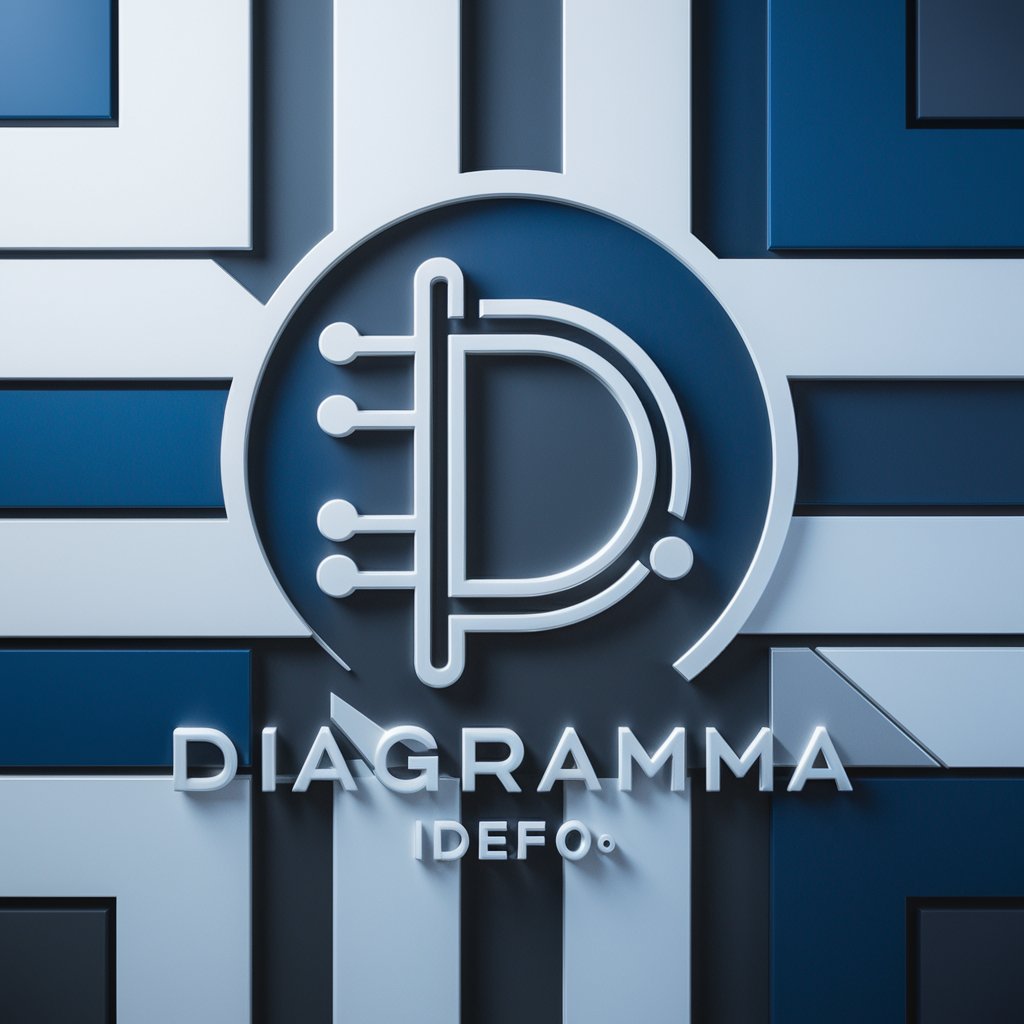
Ideogram – Ideogram Prompt Generator
Unlock Your Creativity with AI-Powered Imagery
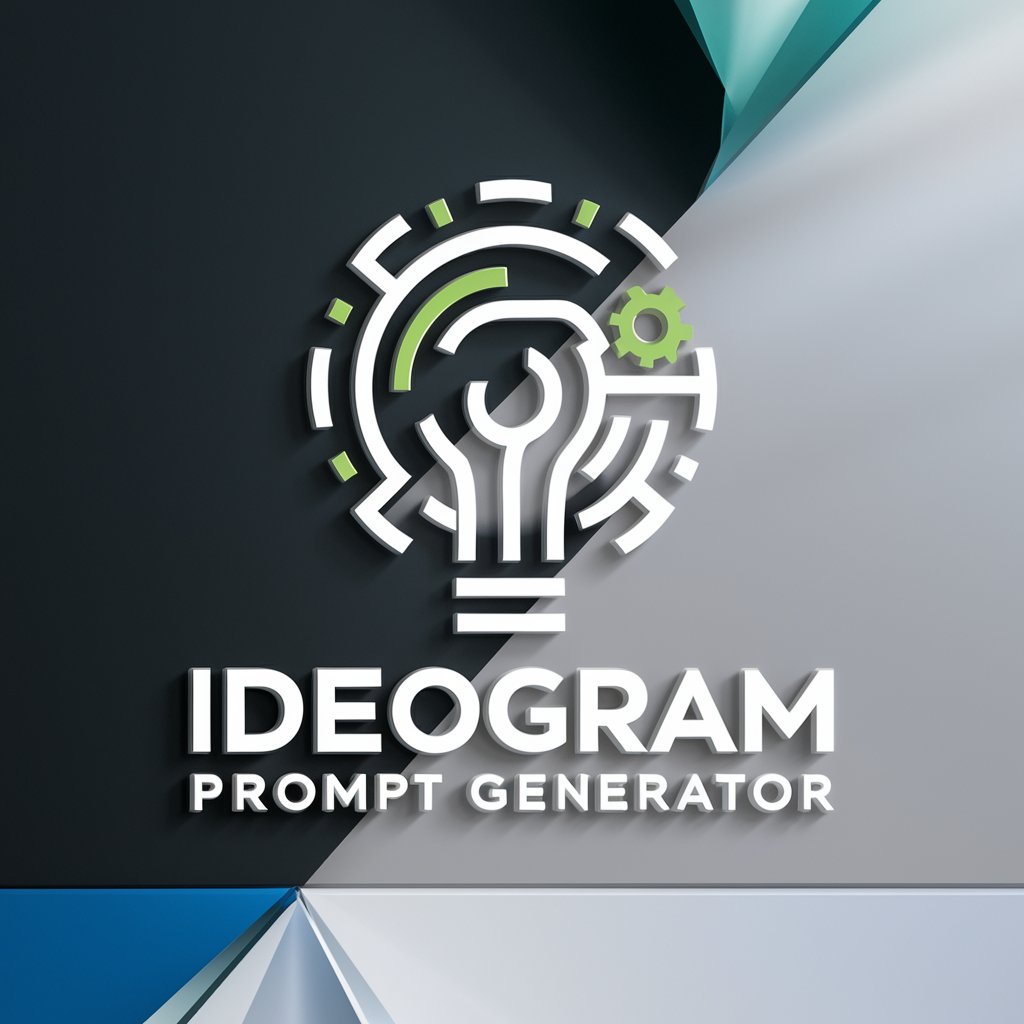
Idea To Story
Crafting Your Stories with AI

睡前故事创作专家
Crafting tales with AI-powered creativity

ASCII Art Maker
AI-powered tool for stunning ASCII art.

REFLECTIVE PAPER
Enhancing Reflection Through AI
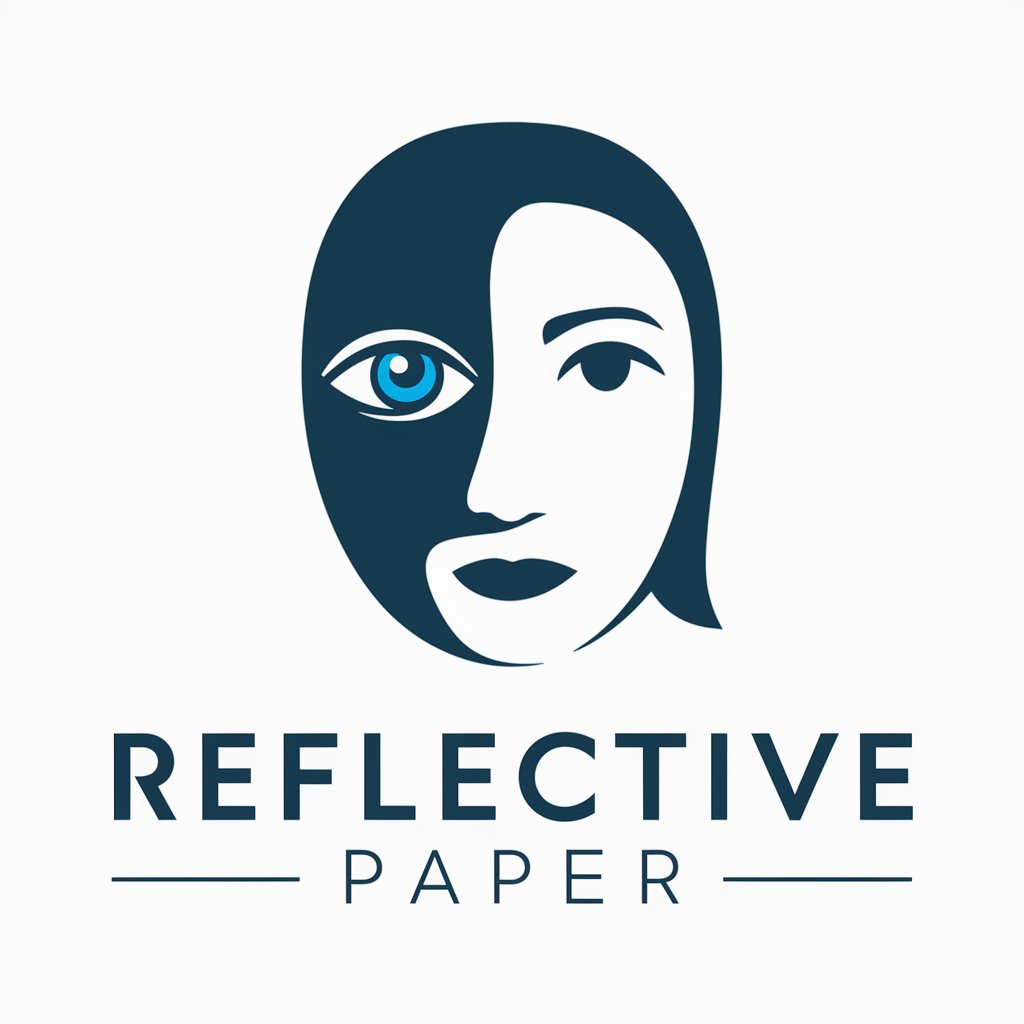
Full Stack Expert
Your AI-powered coding companion
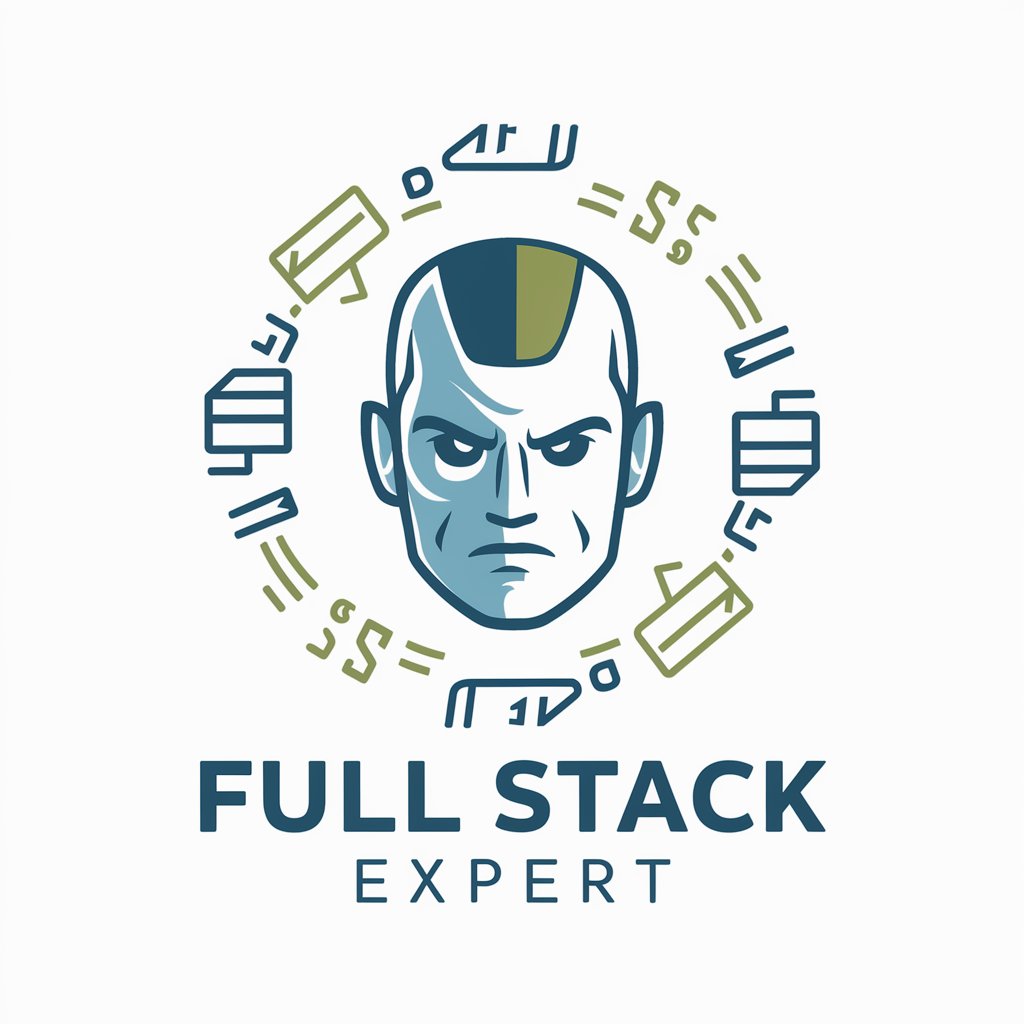
Full Stack/PWA Project Manager
Empowering Development with AI

Language Tutor
Master languages with AI-powered guidance

Linear Algebra Tutor
Empowering algebra mastery with AI

AZ-204 Tutor
Empowering Azure Learning with AI

Common Questions About the Advanced Digital Sys. & Computer Archit. Tutor
What type of questions can I ask the Advanced Digital Sys. & Computer Archit. Tutor?
You can ask any questions related to high-level computer architectures, network processors, embedded systems, security processing, and system design techniques such as ASICs, SOCs, and networks on chip.
How can this tool assist with my graduate studies in computer architecture?
This tool provides detailed, accurate explanations and can generate examples to help you understand complex concepts, which are essential for mastering the topics in graduate-level computer architecture courses.
Is this tool suitable for collaborative projects?
Yes, it is highly suitable for collaborative projects. It can facilitate discussion by providing insights and detailed responses that are beneficial for group understanding and project development.
Can the Advanced Digital Sys. & Computer Archit. Tutor help with research?
Absolutely, it can help formulate research questions, suggest areas of interest based on current trends in digital systems and architectures, and offer detailed explanations of complex technologies and methodologies.
What are the best practices for using this tool to enhance learning?
Best practices include using the tutor to break down complex topics, asking follow-up questions for clarity, applying the concepts to practical scenarios, and using the tool’s examples as a basis for further exploration and study.
